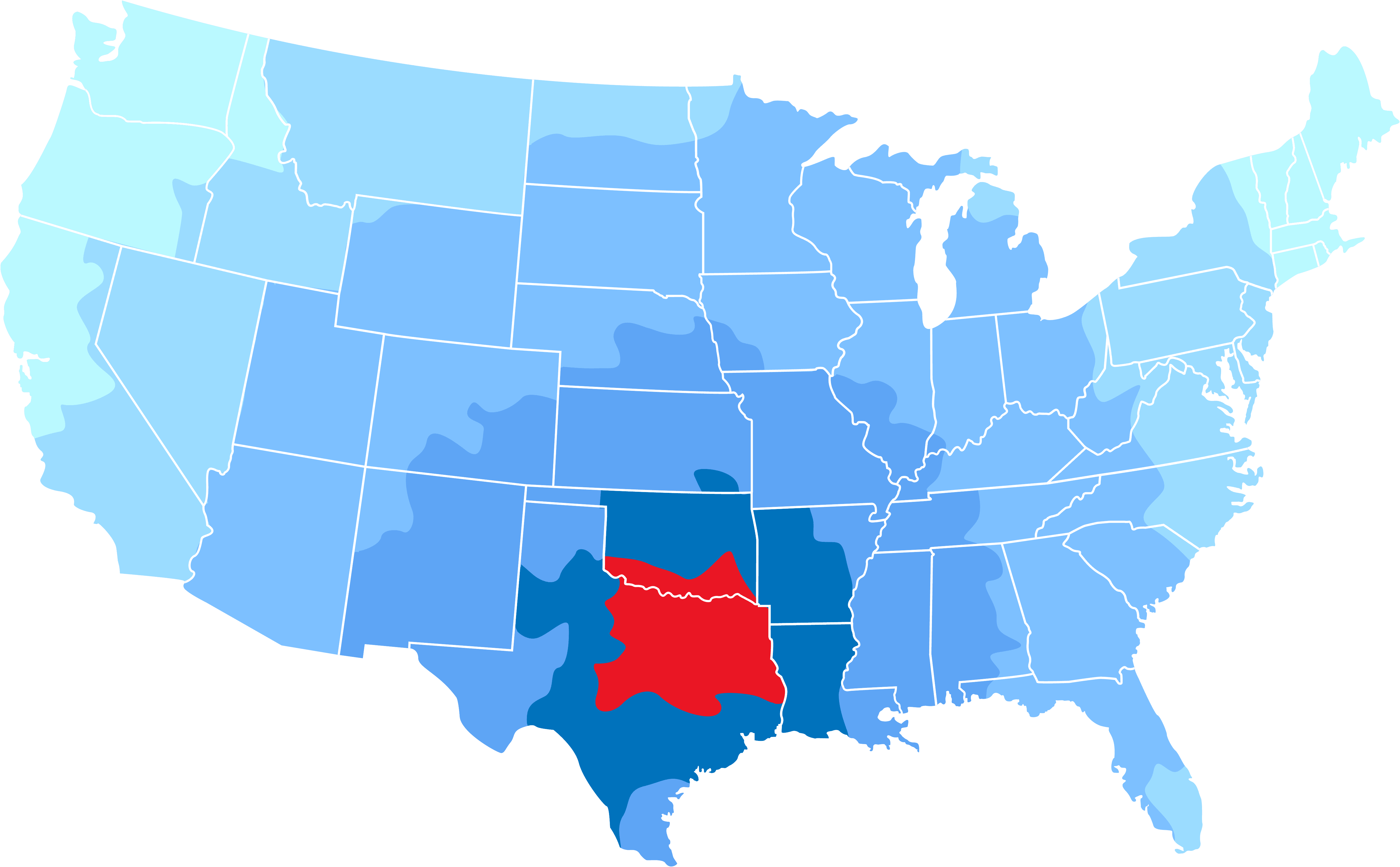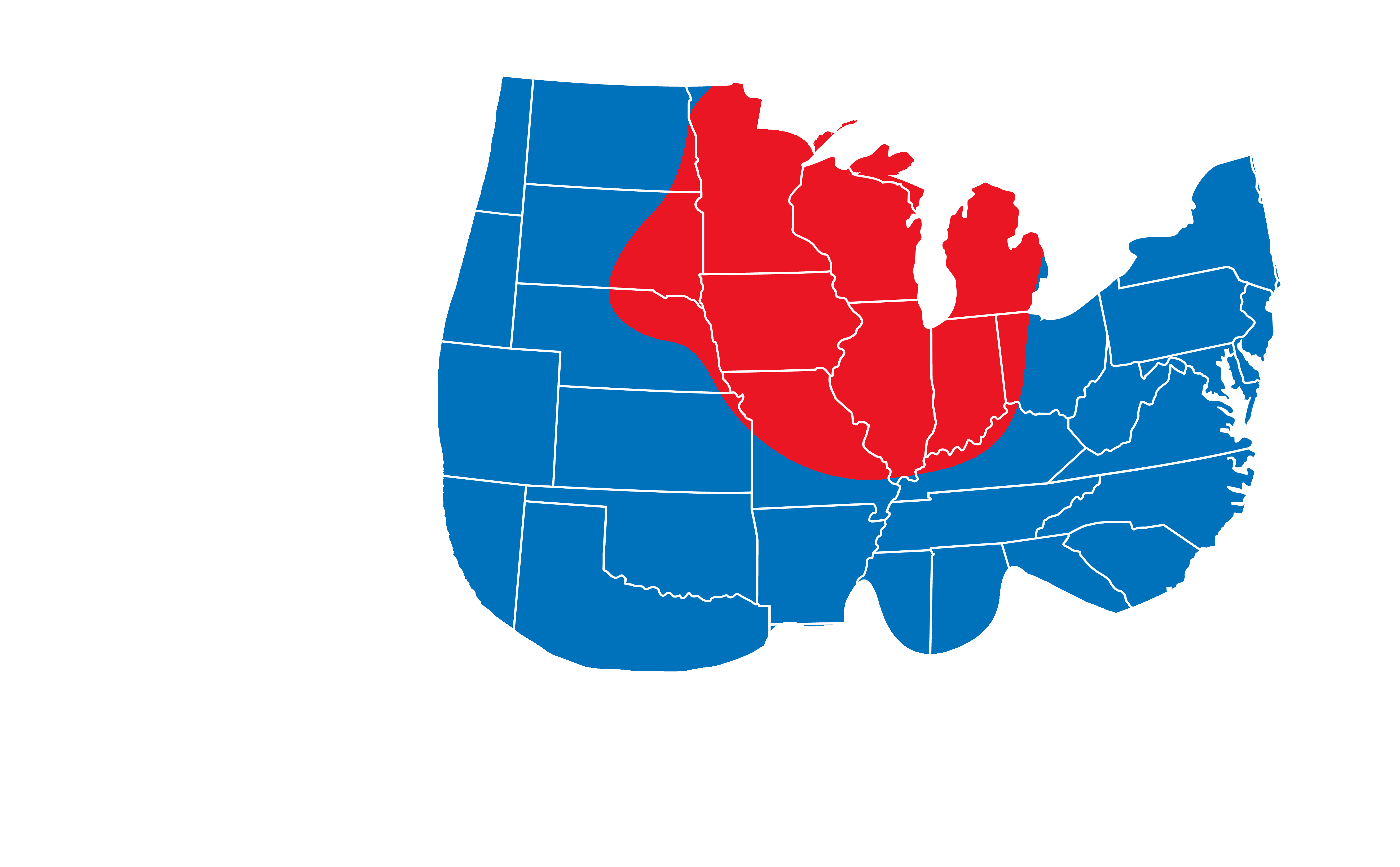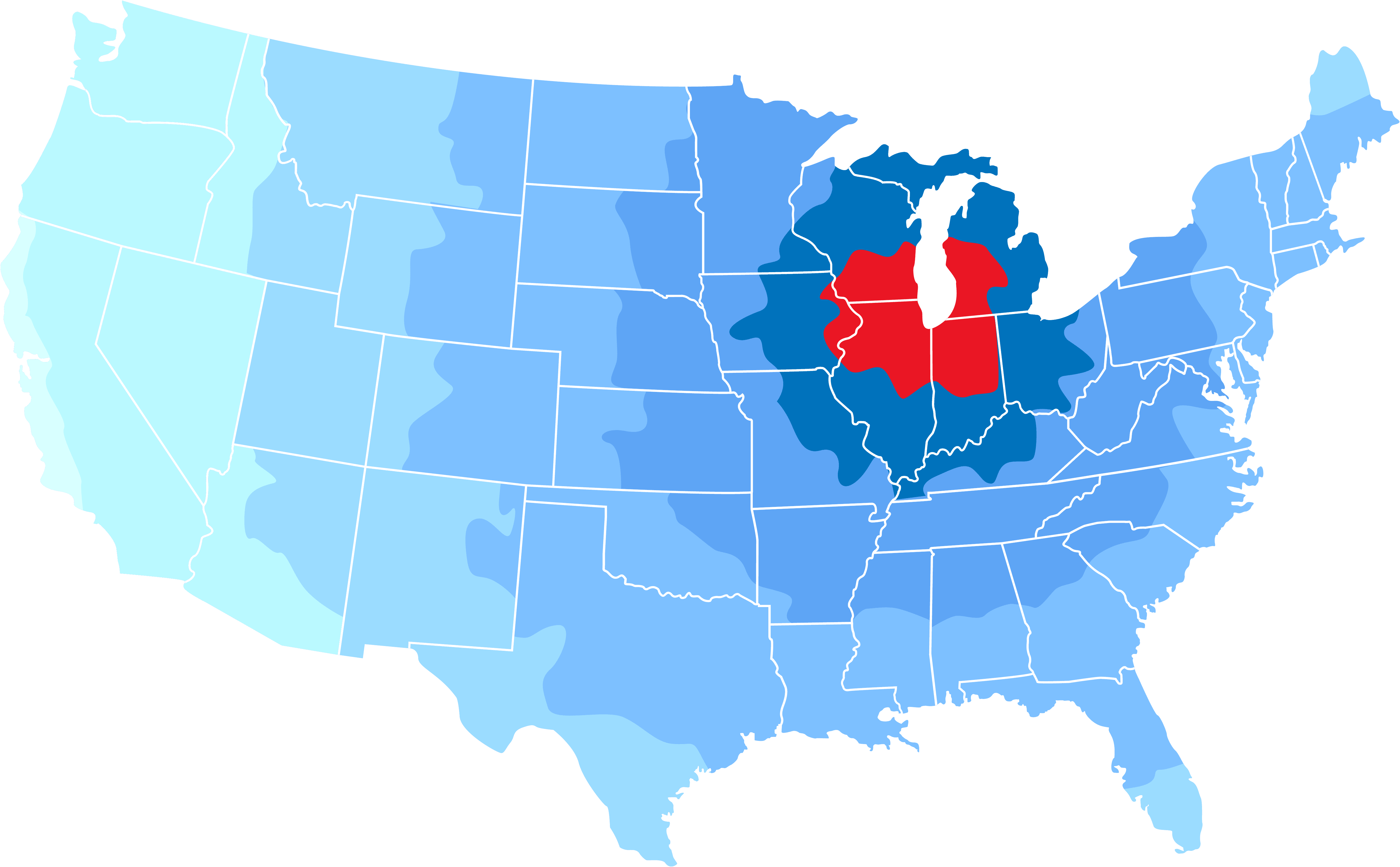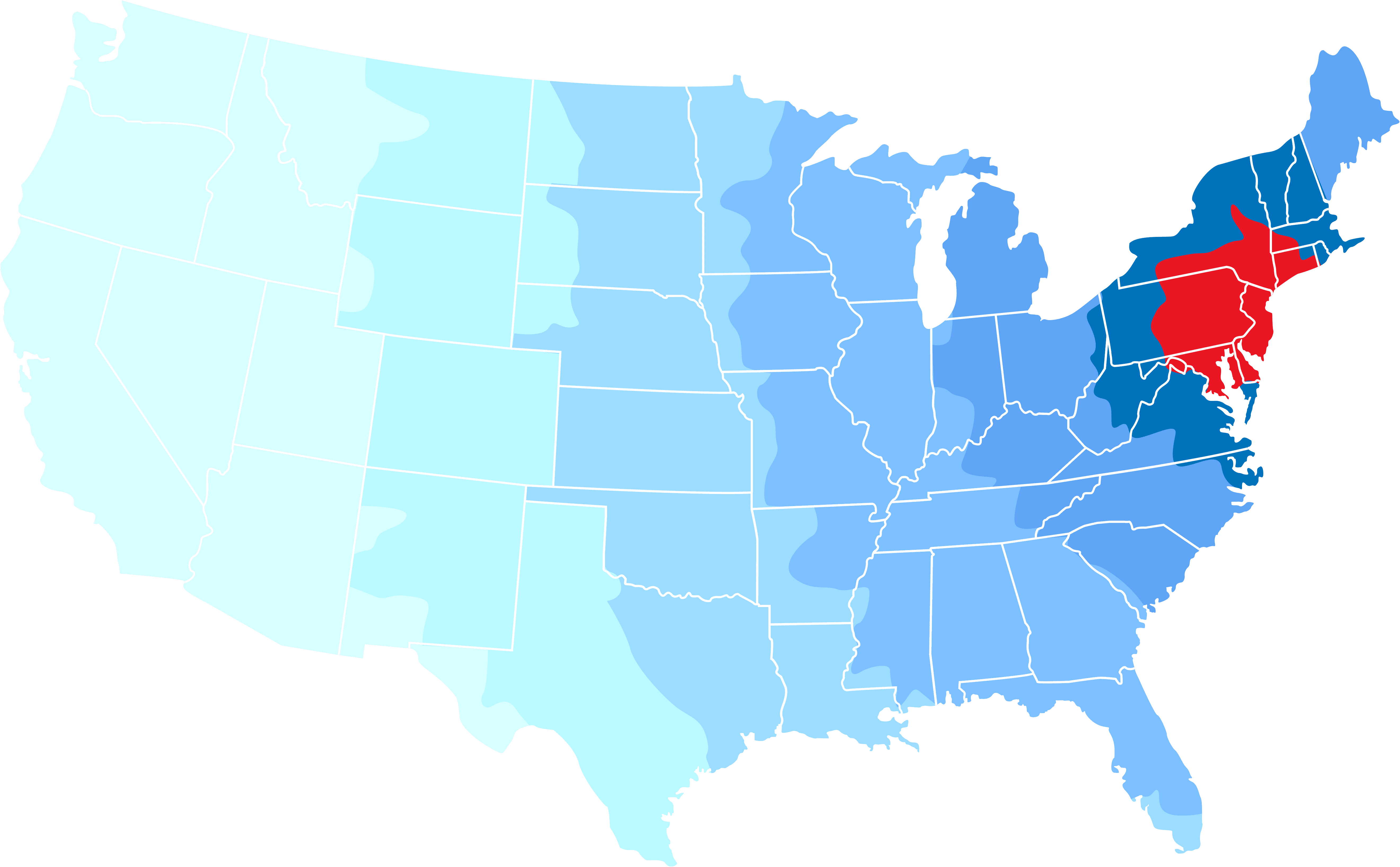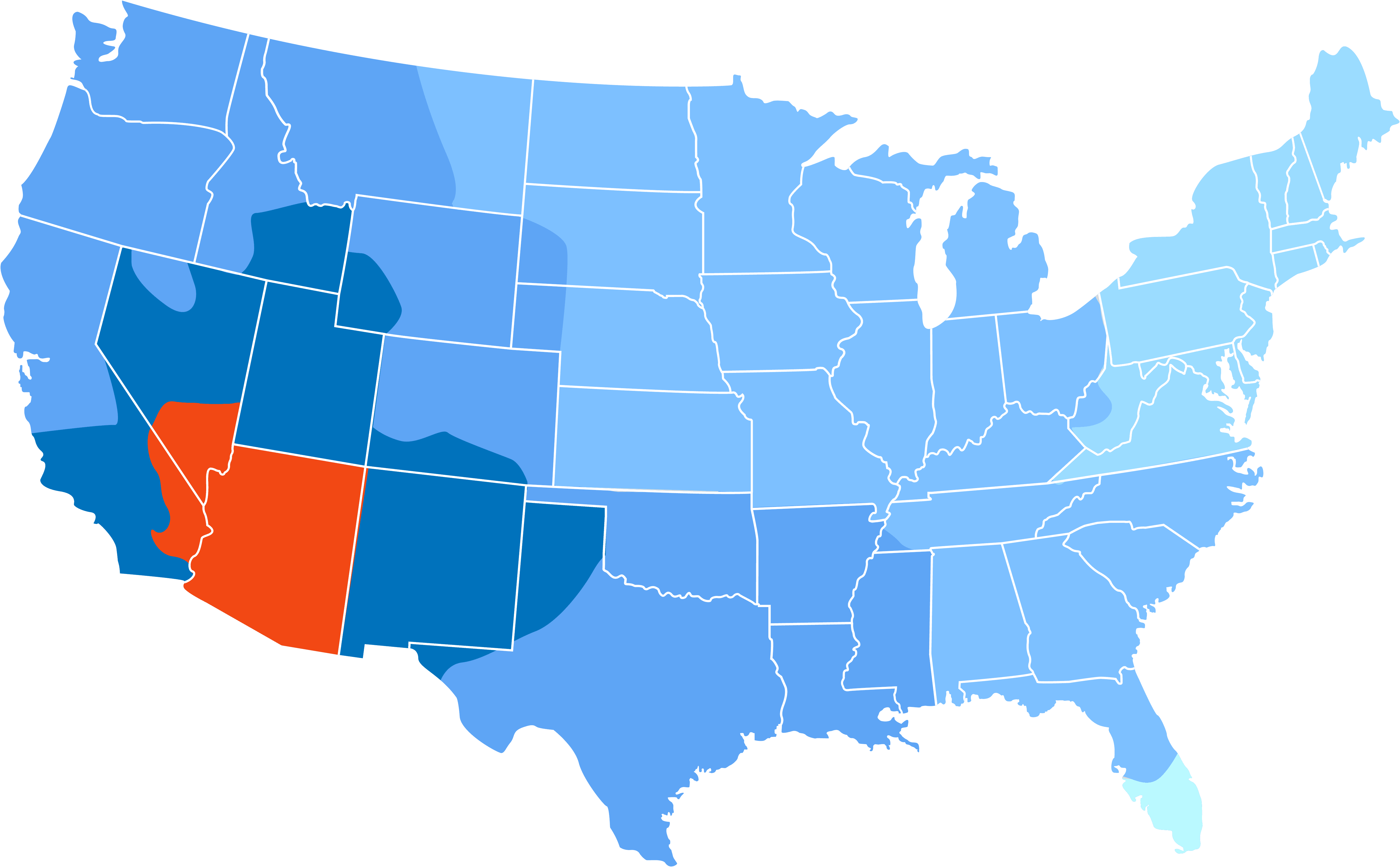At the end of the accounting period, most companies take stock of their profits as well as their sales numbers for the specific timeframe. They also evaluate how much stock remains on shelves that was not sold. This inventory still has a financial value to the company and allows you to understand the financial stability and health of your supply chain. These unsold products are considered ending inventory.
Ending inventory — sometimes called closing inventory — refers to any goods in warehouses and stores that have financial value and are available for sale at the end of an accounting period. This inventory may consist of raw materials before the manufacturing process, works-in-progress that have not reached completion, and finished goods.
WHY IS ENDING INVENTORY IMPORTANT?
This ending inventory in your warehouse still has value for your company, as it may be sold later. Figuring out how much value this inventory has allows you to claim the financial figures as assets on your balance sheets. This monetary value may also show how much you are paying for inventory or how much you might be overpaying on products, as you can renegotiate your inventory costs. It may also impact your taxes.
The ending inventory formula allows you to calculate the cost of goods sold (COGS) for your company and compare it to your beginning inventory. The ending inventory value helps you spot any inventory variations that may have occurred during the same time frame that may have impacted profits. These inventory variations might include discounts or deals on products, product returns, and kitting (bundling) products.
When it comes to inventory management, ending inventory amounts can help you spot possible theft in your warehouse. You might also find instances of shrinkage due to loss, damage, or spoilage of products. It is a vital step in performing inventory control when trying to keep costs manageable while minimizing waste.
ENDING INVENTORY FORMULA
To figure out how to calculate ending inventory value, take the beginning inventory cost and add it to purchased goods, then subtract COGS. The formula looks like the following:
Beginning inventory + purchased goods (net purchases) – COGS = ending inventory value
There are many other formulas you can use to help manage your warehouse. For instance, you can calculate COGS, gross profit, FIFO, LIFO, average weighted method, and cost of sales.
- COGS: The costs of goods sold (COGS) refers to the total costs associated with purchasing goods and manufacturing goods. To calculate COGS, you take the opening inventory values and add it to purchases, then subtract ending inventory.
- Gross Profit: The gross profit method relies on the historical gross profit margin from the previous year. Subtract the cost of goods available for sale from COGS to obtain the ending inventory value.
- Cost of Sales: The cost of sales — referred to as the Retail Method — takes the cost of goods available and subtracts the costs. It is normally used when there are no changes to the markup prices caused by discounts or other deals.
- FIFO: FIFO means First In First Out. This calculation relies on the fact that the first good that is purchased will have the same cost as the first good that will be sold. So, the inventory cost should show the approximate market value of the goods. A FIFO calculator may be used during times of inflation to show a higher ending inventory value than the actual cost of the goods.
- LIFO: The Last In First Out (LIFO) method relies on the purchase price of the last item that is sold. This cost figure should be the same as the cost of the first item sold. During inflationary environments, the LIFO method should show a lower ending inventory value to the actual cost of goods.
- Average Weighted Method: This average cost calculation is determined by taking the costs of the goods that are available for sale and dividing it by the number of units that are for sale. This method is often used when only selling the exact same products during the financial period.
ENDING INVENTORY FAQS
CAN YOU DETERMINE ENDING INVENTORY VALUES WITHOUT FIGURING THE COST OF GOODS SOLD?
No, you must determine the COGS of the inventory to perform many calculation methods.
IS THERE ANY IMPACT TO INVENTORY MANAGEMENT IF ENDING INVENTORY IS NOT ACCURATE?
Yes. It becomes more difficult to determine if you are paying the right prices for goods. Without an accurate ending inventory, you might also have discrepancies and errors in inventory levels. Lastly, it may cause your balance sheets to be inaccurate when filing your taxes.
HOW DOES ENDING INVENTORY AFFECT INCOME STATEMENTS?
The ending inventory will have a direct influence on the COGS, gross profit, and net profit line items on your income statements. On the balance sheet, the ending inventory can impact working capital, current assets, and total assets — among other items.
ARE THERE FACTORS THAT MAY ALSO INFLUENCE ENDING INVENTORY VALUES?
Yes. Discounts or clearance sales periods will have an impact on ending inventory values, as well as the other formulas.
PARTNER WITH WSI
Many companies rely on having accurate inventory levels throughout the fiscal year. Knowing the value of any ending inventory that has not been sold can help you understand how much you spend on the supply chain. Then, you can determine areas that need improvement to make operations more efficient.
Here at WSI, we offer warehousing fulfillment services for companies who are looking for better inventory management options. Contact us to learn more.


